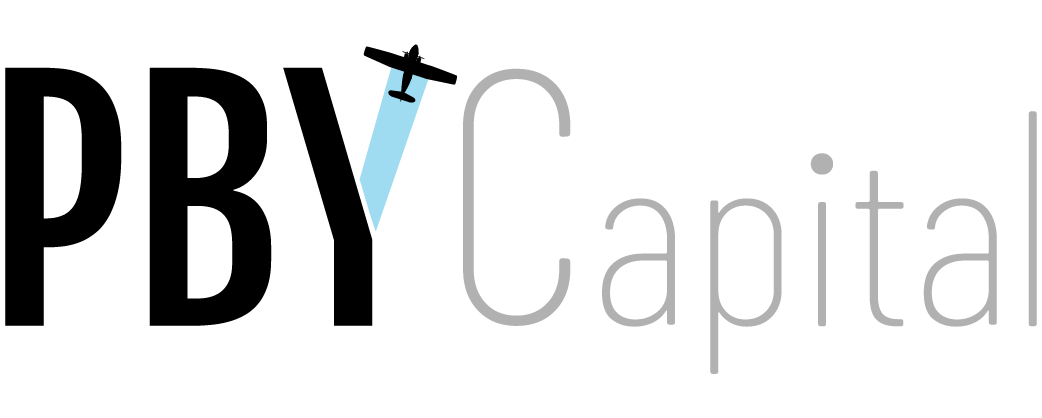Investing in a rate-hike environment
As the central bank prepares to raise rates to combat inflation, investors are shifting their asset mix to be prepared

Article content
In spite of the Bank of Canada’s decision to hold its Bank Rate at 0.5 per cent and the target for the overnight rate at the effective lower bound of 0.25 per cent in January, many investors are preparing for expected rate hikes in the coming months that could drastically change the investment landscape.
“Investors should be prepared for higher volatility in 2022,” warns Rory Mitz, senior vice-president and head of CIBC Private Banking, Canada in Toronto.
Many experts expect multiple central bank rate hikes in 2022, starting perhaps as early as March, that could increase rates by about 1 per cent, or even possibly higher, by the end of the year in an effort to tamp down the highest inflationary environment in nearly four decades.
This has prompted some strategy shifts by ultra-high-net-worth investors.
“Investors are now paying much more attention to the discussion,” says Greg Thompson, executive chairman of Focus Asset Management, a privately owned high-net-worth wealth management firm in Toronto. “Those who have not previously shifted their asset mix to be prepared for rate hikes are reacting now to what’s happening in the world.”
Fixed income
For example, some are reducing their exposure to publicly traded equities, as well as bonds and fixed income, especially long-duration assets. “The high-net-worth investor is now saying, ‘I don’t want to be in long duration, because if rates go up, I’m going to lose money. So I’ve got to stay a little shorter on duration, maybe a couple of years. But I don’t want to go out too far,’” says Thompson.
The rapid increase in inflation in 2021 and expectations for a central bank response has had a direct and negative impact on bonds, says Mitz, who notes that, generally speaking, the longer the maturity, the greater the sensitivity to rising rates.
Although fixed income investments will always be an important component of a balanced portfolio, “given the modest return expectations for corporate and government bonds in ’22, we are definitely looking at how to help our clients diversify away from traditional bonds,” says Mitz.
For example, “equity linked deposit notes can be a great solution for investors looking for equity market upside, while enjoying the same principal guarantee at maturities that bonds offer. And as rates go up, the financial sector tends to perform well. For our clients, we’re looking at deposit notes tied to banks and insurance companies as a complement to more traditional bond ladders,” he explains.
Another alternative to traditional bonds is floating rate loans where yields can be greater than 5 per cent, and with floating rate loans, a component of the income is tied to short-term rates that will not be as negatively impacted by market expectations of rising rates.
Whereas traditional bonds had a negative return over seven months in 2021, “floating rate loans provided a positive return in every one of those months, so it was a nice diversification tool for our clients from a traditional bond,” explains Mitz.
“If anything, investors are more concerned about fixed income now than they were even a year or two ago, so we’re seeing them shy away from fixed income even more,” says Mark Bayko, head of the portfolio advisory group with RBC Wealth Management in Toronto.
Equities and alternative assets
On the equity side, investors still desire exposure to growth, even though economic conditions may make growth harder to achieve for many publicly listed companies. Companies that are capable of outgrowing their competitors are still going to be considered reasonable investments, says Bayko.
Investors are, in fact, grappling with the desire for earnings growth amidst concern about the impact that higher interest rates could have on the valuations of some growth stocks, he elaborates.
Thompson says many investors are seeking higher levels of investment in inflation protected asset classes like infrastructure and farmland that are not reliant on rising or falling interest rates and that are capable of providing steady, albeit more modest, returns, in the range of about 6 to 8 per cent annually.
Alternative asset classes such as real estate, private equity or private credit, are also gaining interest, says Bayko.
“Certainly in the family office and the ultra-high-net-worth segment, we’re seeing some investors explore those areas in hopes that they can find ways to diversify their portfolios and find an alternative to fixed income because there is concern that in fixed income there’s not a lot of yield to begin with. And, as interest rates go up, we could see some pressure on bond prices that could reduce the diversification benefits the asset class has typically provided,” he elaborates.
Manage risk
To manage this risk, investors have reduced their exposure to the fixed income asset class. Many have moved into equities, which is an asset class that historically has had higher volatility than fixed income. But equities also inevitably bring more long-term volatility because their cash flows/earnings are tied to the cycles of the economy, adds Bayko.
“Real estate is an incredibly important component of our clients’ overall asset allocation. Our clients own real estate as an inflation hedge and long-term investment by design,” says Mitz.
In fact, CIBC Private Bank is noticing an increase in mortgage applications for investment properties, he says.
With private investment, it can be harder to see the fluctuation in prices that would otherwise be visible in the public markets with equities or bonds. There is also a relative lack of liquidity with private investments, notes Bayko.
“That’s the opportunity cost that I think a lot of investors have to weigh, especially the high-net-worth investors who look at some of these asset classes more so than the average investor: liquidity versus a potentially smoother ride over the long term,” he elaborates.
Direct investments
Another contemporary issue is that economic difficulties emanating from the pandemic such as supply chain disruptions mean that some ultra-high-net-worth individuals, including family offices that own businesses, now have larger pockets of inventory. That, on top of falling profits, has placed their margins under pressure and often has increased their need to borrow, explains Thompson.
There also continues to be strong borrowing demand in what so far remains a historically low interest rate environment.
“What is interesting with our family office clients is we’re seeing more interest in investing in entrepreneurs as part of their overall asset allocation,” says Mitz. “There is a growing interest to take passive positions in privately held businesses as part of a family office’s wealth allocation.”
A lot of planning is currently underway with high-net-worth families, particularly among business owners, says Anthony Maiorino, vice-president of wealth management services at RBC Wealth Management in Toronto.
“We’re sitting down with these clients now and saying, ‘If you’re looking at making some large purchase, like buying the property that your business is in, or maybe you’re thinking of expanding into a new area, this may be the time to secure long-term credit.’ Because if rates were to move up, a 1-per-cent increase on a $1 million loan would be significant when looked at over a 20-year, 25-year amortization,” he elaborates.




